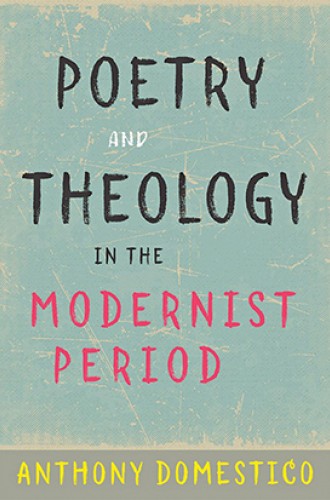The value of God-shaped art
T. S. Eliot and the other modernist theologian-poets knew that artists are makers of worlds.
In 1950, the Partisan Review canvassed major American poets and intellectuals—W. H. Auden, Marianne Moore, and Hannah Arendt among them—to determine why there was an increasing disfavor toward secular and atheist attitudes about religion. Now the question would have to be asked the other way around: Why the reflexive favor given to unbelief in the high places of our culture? Anthony Domestico undertakes to explain this anomaly.
The conventional answer is that modern religion and culture gradually reaped the hurricane first stirred up by Friedrich Schleiermacher, fanned by Matthew Arnold, and making landfall in Williams James (though John Henry Newman sought lonely refuge against the storm). These “liberals,” as Newman called them, welcomed the coming of a Christianity that would be embraced not for its liturgical worship and doctrinal claims so much as for its power to prompt salutary religious experience and laudable ethical reform. Christianity was thus folded into personal spirituality or social justice, leaving little difference between the scandalous particularity of the gospel and its salutary by-products. For a time, only troglodyte secularists bothered to deny this progressive arc of history.
Domestico makes the counterclaim that, from the early 1930s through the early 1960s, there were modernist Christian poets and theologians whose work rightly dominated the cultural scene. The leader of this fertile intersection of religion and the arts was T. S. Eliot. From 1922 to 1939, he edited the Criterion, the leading British intellectual journal of the time. Though devoted primarily to literature, it also featured major Catholic, Protestant, and Orthodox theologians: Jacques Maritain and Martin D’Arcy, Karl Barth and William Temple, as well as Sergius Bulgakov.






